How to Leash Train a Dog: Tips for Success
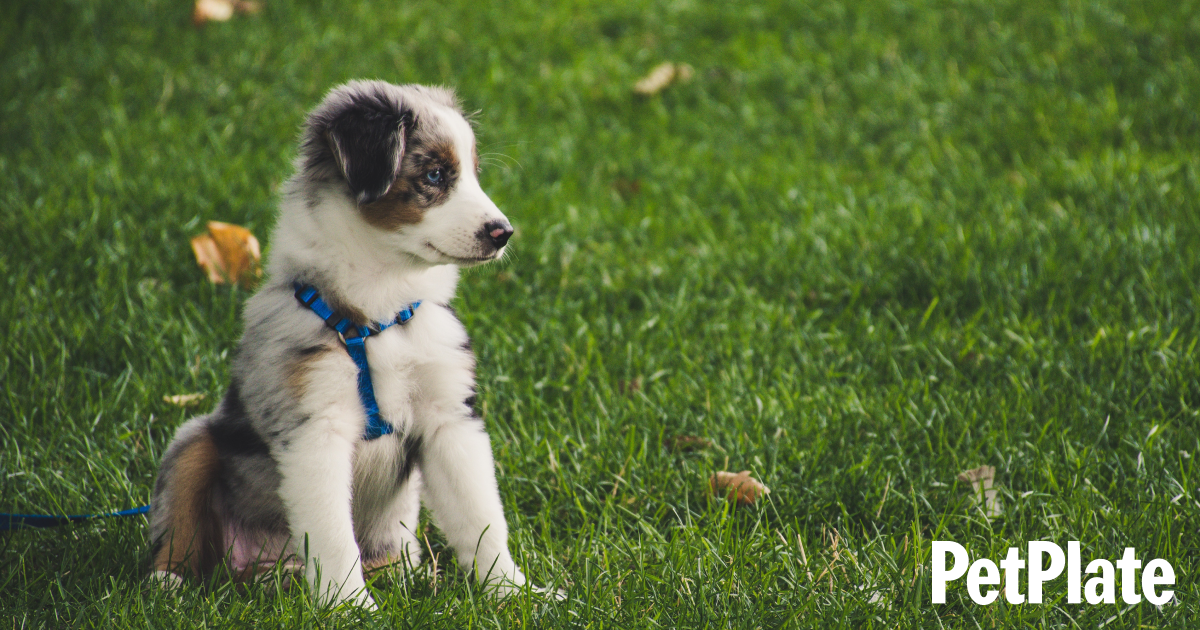
All dogs can benefit from leash training. By leash training your puppy, juvenile or adult dog, you can help them learn to navigate the outdoor world safely while preventing them from becoming a threat or a nuisance to other animals or people. Through leash training, you’ll improve your ability to communicate effectively with your dog, which will allow you to control their behavior without resorting to coercion. Leash training is a compassionate act that will reduce your dog’s stress and frustration, as they will learn to follow your lead without protest or resistance.
Ideally, a dog should be leash trained from puppyhood. But that might not be possible in every instance. The happy truth is that dogs of all ages can be trained to walk comfortably and securely on a leash, which will keep them safe and you contented, knowing you’ve done your job as a pet parent.
Getting Started with Leash Training
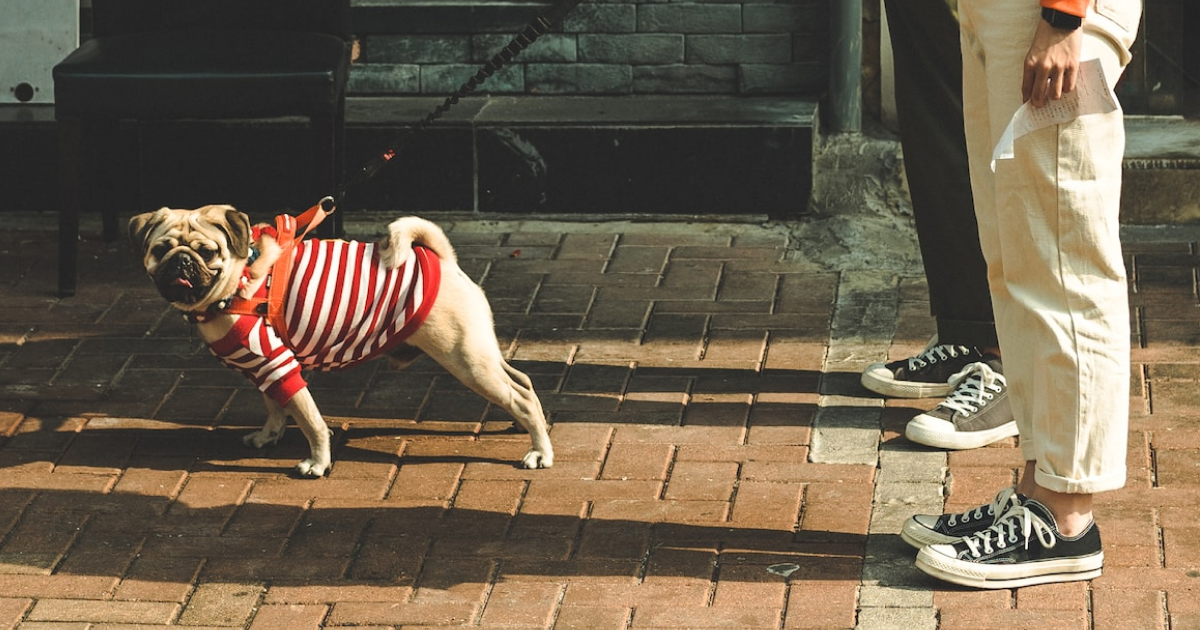
Before you implement a leash training program for your canine friend, you should have a clear idea of what leash training is meant to accomplish.
Fred Zorn from Fred Zorn Dog Training has some questions for pet parents who come to him for advice on how to leash train their dogs.
“First of all, what do you think a leash is?” he begins. “What do you think a leash does? And what do you imagine your dog thinks about a leash? By asking those three questions, I can start to change a person’s perception on how to use the leash.”
As Zorn explains, you should see a leash as a device for communication rather than control, and your dog should be taught to perceive it the same way. Leash training is a method for teaching your dog to pay attention to you and to follow your lead at all times. Once your dog understands that you’re using a leash to communicate your preferences and desires (which they will eventually), they will follow your instructions willingly and respond to your signals instantly.
Gaining your dog’s comprehension and cooperation should be your ultimate goal during leash training, and if you choose this objective, you’ll have the chance to accomplish some remarkable things.
Start with the Right Supplies
Before you can begin, you’ll need to outfit yourself with the basic equipment you’ll need to guide your puppy or dog successfully through a leash training regimen.
The items you should have include:
- A dragline leash. This type of leash is meant for indoor use and comes without a handle or any hoops or loops that could get caught on furniture.
- A long line or training line. This extended line allows the dog to explore outdoor environments safely on their own, but with the presence of the line and harness always in their minds.
- A regular leash. A proper leash for walking should be about six feet in length.
- A harness or collar. A harness that focuses your leash pull in the chest area is the best choice since it won’t squeeze your dog’s throat and can give you a more substantial amount of control.
- A clicker. This mechanical device can be used in positive reinforcement-style training.
- A bag of treats. You should choose delicious rewards that you know your dog will crave (like PetPlate’s organic protein bites, for example).
One item you should avoid is the retractable leash. This type of leash can cause serious injuries to dogs and humans, and it will also create an association in a dog’s mind between leash tension and moving away from the human walking them. Needless to say, this is the opposite of what is desirable.
“It’s not fair to the dog because the dog learns that tension means to pay more attention to somebody or something else,” Zorn explains. “It means pull away from the handler, it means disengage from the owner. It actually causes damage and fractures the relationship between the dog and the person that’s walking on that walk.”
How to Let Your Dog Get Used to Wearing the Harness or Collar and Leash
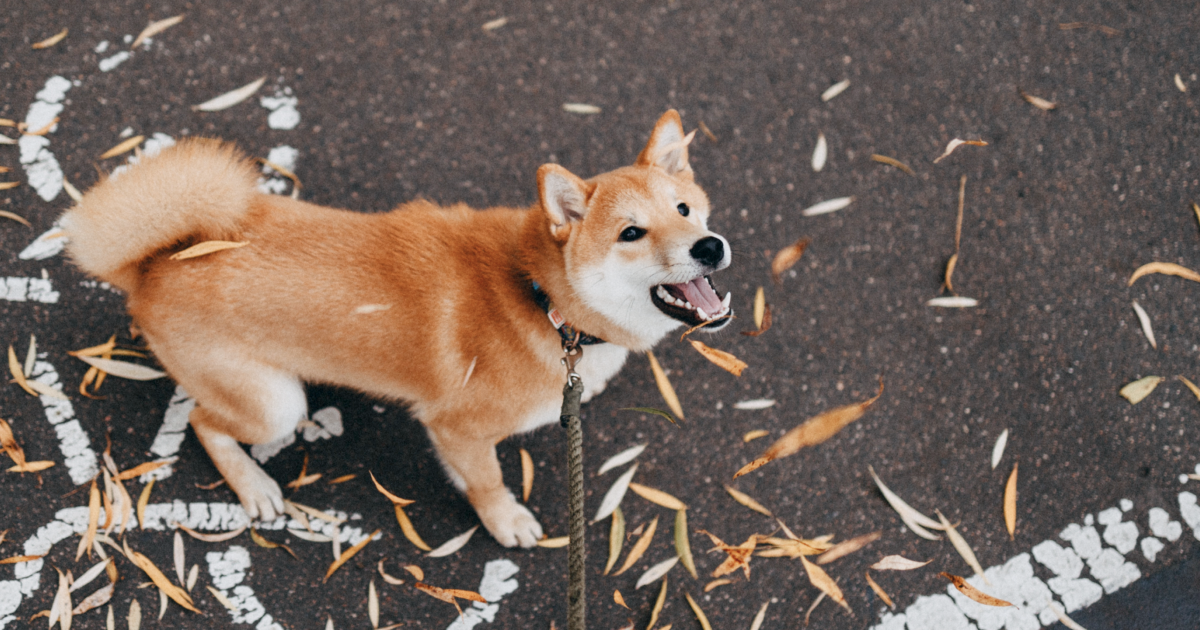
Your dog should have an opportunity to get used to using a leash and wearing a harness or a collar in safe, comfortable and quiet locations, both indoors and outdoors.
Zorn recommends a three-stage training program that will help your dog adjust to the presence of these new and strange devices and help them get used to the idea of the leash in general.
“The first leash a dog should wear should be a drag leash, or a leash that they wear in the house that is not attached to a handle or anything else,” he says. “This is going to be your puppy’s [or dog’s] first understanding of what a leash is. It’s really important that they understand the leash a little bit before they’re expected to learn how to walk on it outside.”
“The next type of leash your dog should learn how to wear is a long line or a training line for outdoor work. This is when you’re teaching recall, and when you’re teaching dogs how to explore the outside world,” he continues. “You can take them to any yard or park in a situation that’s wide open, and you don’t have to worry about cars or people or anything else like that.”
Once the dog has had at least a couple of weeks of this kind of controlled preparation, the final step is to start using a six-foot leash that is appropriate for taking daily walks. There should be nothing surprising about the introduction of this leash if the dog has already been given the opportunity to learn what leash training is all about.
Teach Them Positive Reinforcement Cues
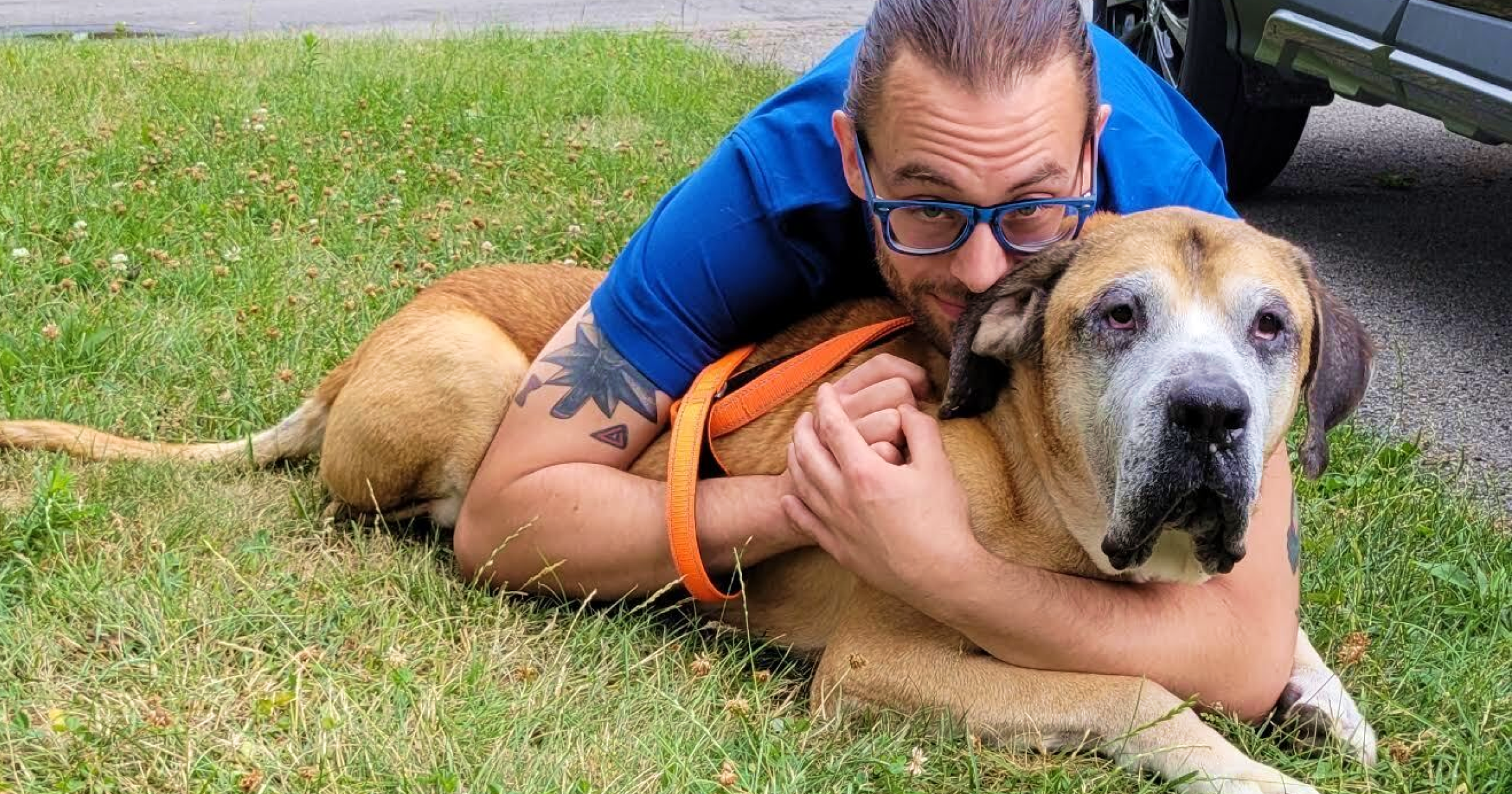
The best way to get outstanding results from leash training, or from any type of training for that matter, is to use positive reinforcement to encourage dogs to follow your commands. The idea here is to train them to respond to your leash signals quickly and willingly, and you can best do this by rewarding them handsomely for their good behavior.
Positive reinforcement, in this instance, means that you should use verbal praise or a clicker when they respond to leash tension by stopping, changing directions or returning to walk by your side. The sound of your voice or the clicker should be immediately followed by a treat, which is the real reward that will cause them to respond positively to your training efforts.
“Correction is something that has to be learned,” Zorn explains. “Yanking a dog or snapping a leash will work. But ONLY if the dog first has an understanding that tension on the leash means pay attention to the handler.”
Give Treats Only On One Side
You’ll want your puppy or adult dog to learn to walk on the same side of you at all times, under control and at your chosen pace. This is why you should only reward them with treats on that particular side.
Yummy treats will help them learn where you want them to go, but you won’t have to rely on them indefinitely, according to Zorn.
“If the dog turns around and starts looking at whatever they were looking at before [upon hearing a verbal signal or clicker], that’s fine, they can keep doing it; we are not going anywhere, we’re just not going,” he explains. “But if he or she comes over and just stops on that magic spot right there, you don’t have to give a treat or say anything. Just start walking forward. You want the dog to think, ‘Oh, as soon as I hit that spot on their left-hand side, then we can move forward.”
Start With Small Steps
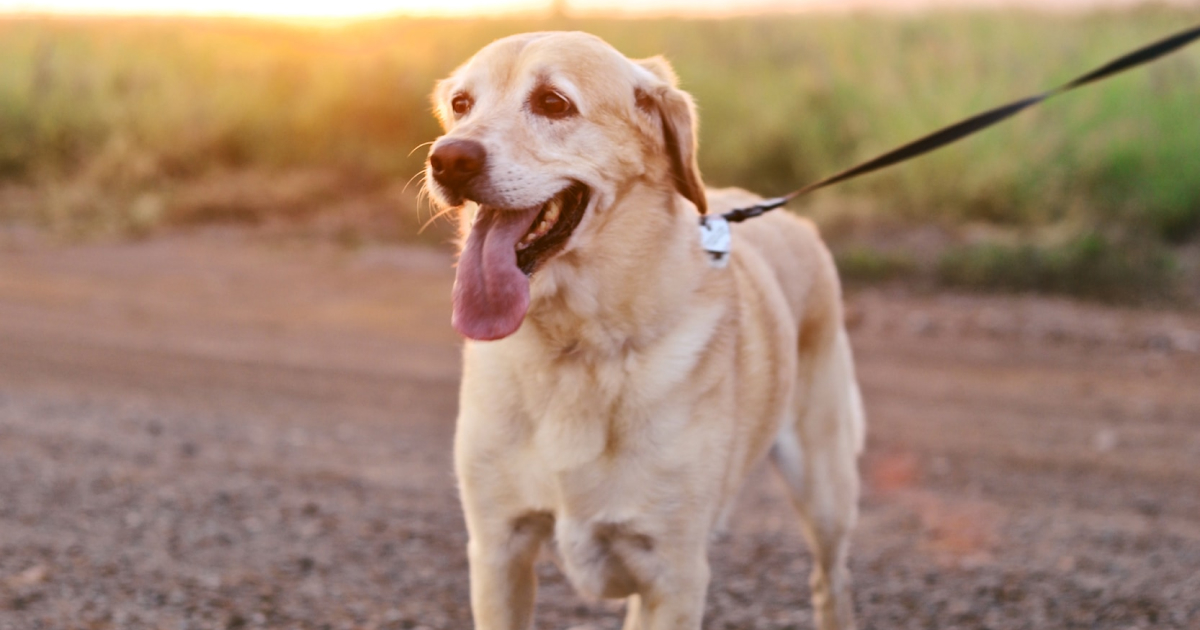
You should practice your leash training regimen in controlled environments first before heading out to the sidewalk or street.
Actual leash training should begin in your house or yard. You should start with small steps, frequently starting and stopping, rewarding your dog whenever they follow your direction with a click or words of praise followed quickly by a treat. Slowly but surely, you’ll be teaching them to stay by your side, remain focused and under control, and to follow your lead by paying attention to the way you signal them with the leash.
Head Out Into the World
After initiating leash training at or near your home, you should start venturing out further. You should pick the quietest and most peaceful parks and trails to continue your training at first, where the distractions are few and where your dog will be able to pay attention without becoming distracted or overstimulated.
When you head outdoors to begin walking your dog on a leash in earnest, by that time, they should already know what the leash is for and why it is important to follow your commands. This will make the adjustment to being out in the world an easy one, and your dog will truly enjoy the times you spend walking together side by side, experiencing the endlessly fascinating and intriguing sights and sounds of nature.
Leash Training FAQs
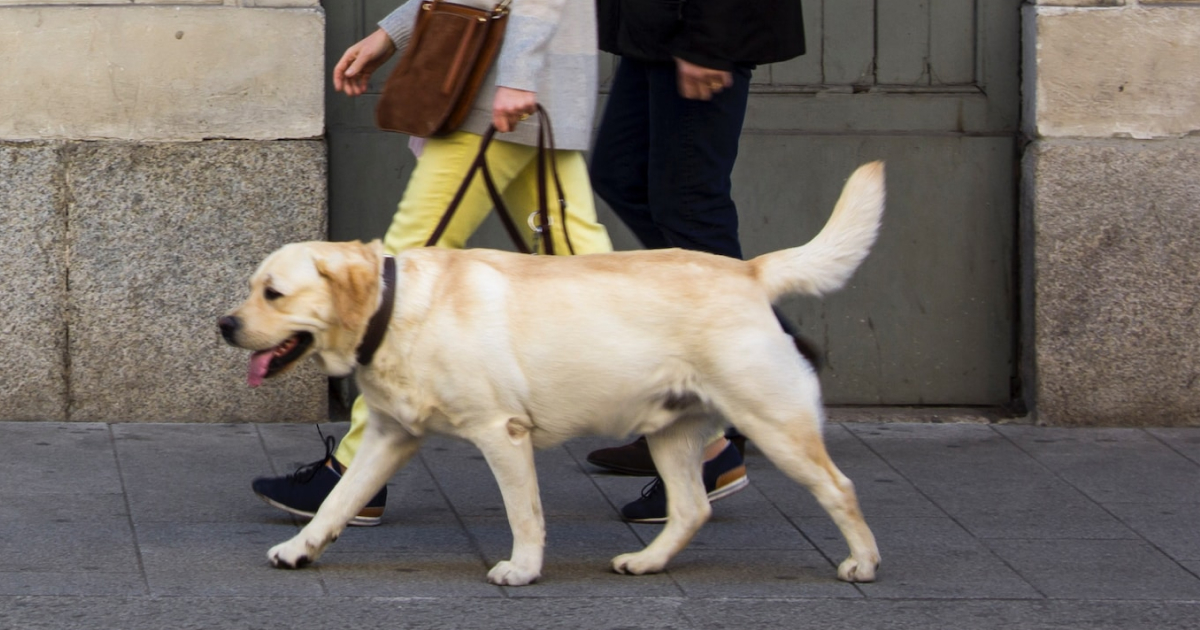
For the sake of their beloved canine companions, loving pet parents want to get their leash training right, and most will have questions about how best to proceed to achieve a wonderful result. Here are some of the most common queries addressed to dog training experts:
What is the best way to leash train a dog?
Whenever you’re attempting to train your puppy or dog to do anything, it is important to do so with extreme patience and unconditional love. Positive reinforcement will always bring the best results as you gradually teach your dog to understand that following your directions while on their leash is one of the wisest and most rewarding things they can do.
How long does it take to leash train a dog?
A puppy can be leash trained in four-to-six weeks in most cases. It may take double this time or even longer for an adult dog to be fully and completely leash trained, depending on their age, breed, temperament and past experiences with leashes. You have to remember that a dog’s first instinct when going outside will be to chase after anything that moves or to run immediately to anything that looks or smells interesting, and it can take a good bit of work before they learn that paying attention to you and following your lead is a much better idea.
How do I train my dog to stop pulling on the leash?
With proper leash training, your puppy or dog will learn that tension on the leash should come from you and not from them and that it represents a signal that lets them know they should be doing something different.
“It’s best when you start to feel tension on that leash that you do anything other than keeping on going in the same direction,” Zorn says. “I don’t care if whether it’s stop or move somewhere else. I want my dog to understand that when they feel tension, that the best way to relieve it is to pay attention to me.”
“When the dog looks at you, that’s when you indicate with your hand, on the side they’re standing, ‘Right here is where I need you to be.’”
At what age should you start leash training a puppy?
As long as they’re healthy, you can start leash training as soon as your puppy arrives in your home. In a best-case scenario, they would remain with their mothers for the first two-to-three months of their lives, and after that would be a fantastic time to start. But even if they haven’t yet reached this stage of life, you can begin to experiment with teaching some of the basics.
What is the easiest way to leash train a puppy?
It is important to remember that puppies under five months of age will lack focus and self-control, so you should always start their training in safe locations and take it very slowly at first. Introduce them to their harness or collar gradually, using a drag line at first inside your home. Training trips into outdoor environments should be short in duration and ideally occur near your home in a private spot. Don’t expect fast progress, but if you are methodical in your approach, you’ll be surprised at how quickly your new pup will get the idea.
Start Your Leash Training Journey Off Right
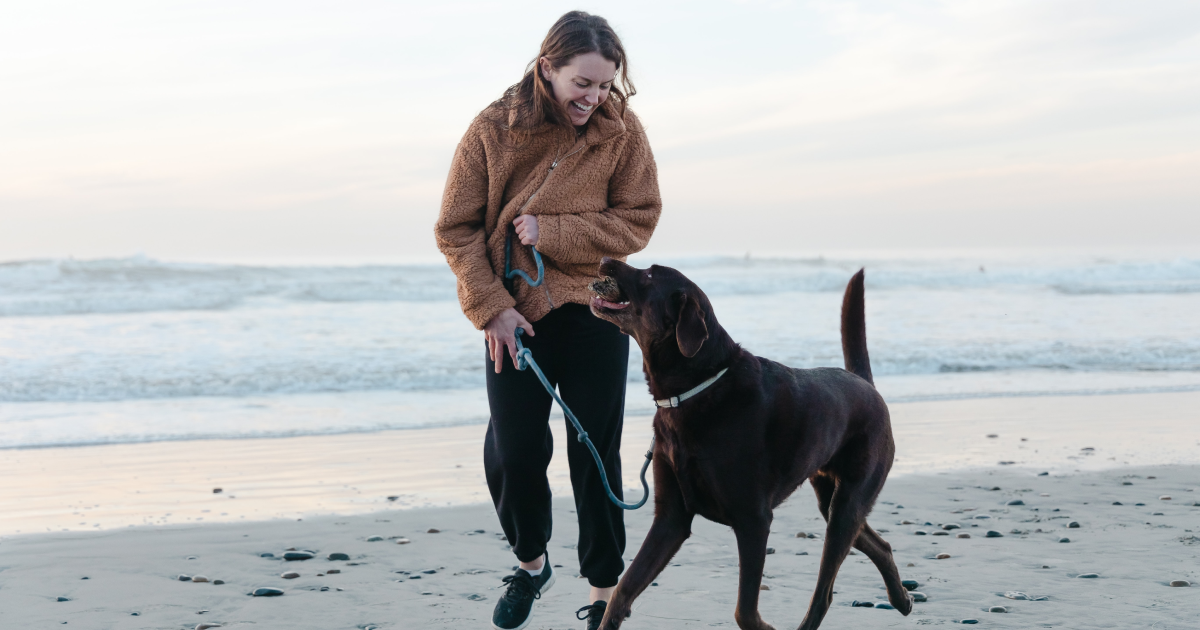
When you reach the leash training finish line, you’ll have a dog that has learned what a leash is for and will accept its presence gladly.
Zorn explains how a well-trained dog will react to the signals you send through their leash in a hypothetical situation where they are tempted to chase after a strange animal or person.
“I don’t use the leash in order to correct or restrain. I move away, and as a consequence, the tension of the leash is pulling the dog away.” he says. “In other words, I’m not holding the dog. The thing that’s keeping the dog from getting closer to what they want is themselves, not the leash. I make sure it’s clear to the dog that the reason they’re not getting what they want is because of how they’re behaving.”
When their behavior is proper, your approval will be forthcoming. That is the message that a well-trained dog will receive. Of course, a dog that is truly excited and energized by the leash training process in all its steps will learn rapidly. That is why you should offer them PetPlate’s scrumptious organic treats as a reward for their virtuous behavior. Once they know that our soft and chewy protein bites are available if they do what you request, they will be eager to please you and fully immersed in a learning-oriented mindset.